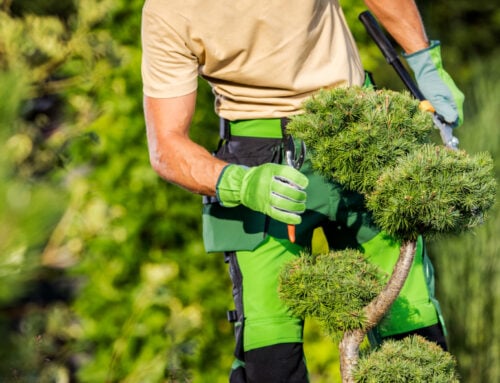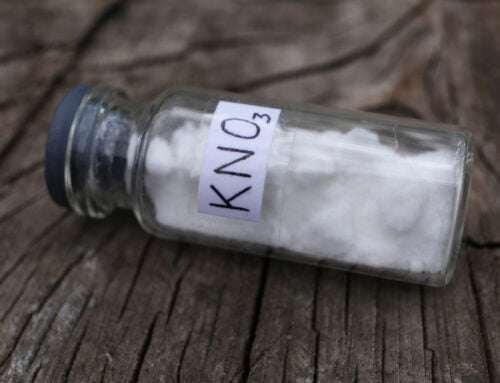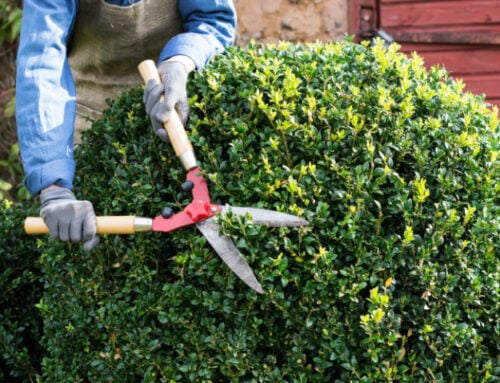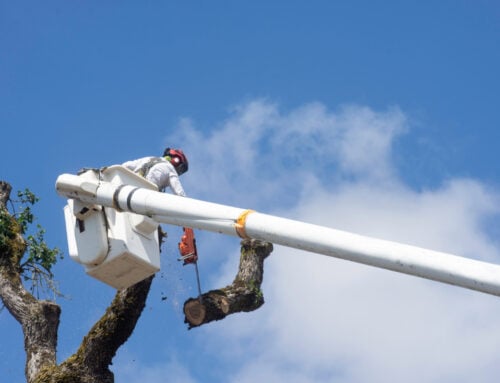Sometimes trees need to be removed, and it can be for a variety of reasons. The tree could be sick, you could be breaking ground for a new project, or you could suspect that the tree is causing your foundation to crack. Whatever the reason for removal, it’s not a one-and-done process. The removal of trees can have lasting effects on your property and your soil. But what should you expect?
Soil
Knowing what type your soil is and how it behaves, or may behave, is very important to any land owner, regardless of what your plans are. If your plans are to build a foundation of any kind, knowing your soil is very important.
There are 3 different reactions that soil can have. These are acidity, alkalinity, and neutrality. Soil acidity has a lot to do with how much hydrogen and aluminum are absorbed. Alkalinity is how much sodium the soil has. Neutrality is when there are equal quantities of hydrogen and hydroxyl. All of these different elements making up soils allow them to have different reactions.
For example, clay based soils are not stable for long term foundations because of their water absorption. Clay expands and contracts depending if it’s wet or dry. Same with peaty soils. Sandy soils don’t absorb water, and aren’t any more stable than clay soils because they wash away easier.
The best kind of soil for any property, as far as growing foliage, is silty soil, which is also a key ingredient in making up the best combination soil for building stable foundations. This is called loamy soil and it’s a combination of clay, silt, and sand. Trees do well in these types of soils and their presence has an effect on them.
Removal of Trees
Removing a tree is a large commitment. There are many factors to consider. How will you get rid of it? Is the removal of trees going to be near a home or an important foundation? Do you plan to plant other things there? The presence of a tree is enough to change the soil around it for a while. The soil where the tree was planted will be different from the soil in the rest of your yard or garden.
The tree has likely depleted many of the necessary nutrients that most other plants need to survive. Trees also transpire or release water that they absorb from the air in the form of vapor. The reason they have this water to release is because trees tend to take most of the moisture from the soil around them.
The removal of trees will cause changes in the soil. If you choose to have the tree removed via chemicals, those chemicals will have long term effects on the soil. Glyphosate is a non-selective herbicide that can be used on stumps to kill the remainder of a tree. When this chemical saturates the soil around it, it can linger for a while, potentially killing future plants if you use that soil spot again. This has a negative effect on the soil.
If you choose to have the tree removed by cutting it down, or using some other more natural option, the leftover roots and stump will continue to cause problems for that patch of soil. Some problems are physical, like root crowding and causing air pockets as the roots decay. Some problems are less physical, for example, if the tree was sick, the compromised roots would permeate the soil and potentially spread to new healthy plants. This soil would be diseased as well and need to be removed before any new plants were put in.
For all future planting endeavors, the smartest thing to do would just be to be patient. It could take up to a year, maybe longer, for the soil to recover and for other plants to thrive in the spot your tree used to be. And when the time comes to pick a new plant or tree, be sure that the root system is relatively small so that the plant has a chance at growing around the old roots.
The Bottom Line
The removal of trees is a large task and can have many repercussions on your soil. If you end up removing your tree, it will take time for your soil to recover and for the full repercussions on your foundation to set into motion.
Think through your decision carefully. Is removing the tree the best solution? If you are unable to figure out if this is true, contact an arborist for guidance. The affects a tree removal can have on soil is why it’s so important when planning for the removal of trees to find trusted and knowledgeable professionals. Ones who know the right chemicals to use that won’t affect the soil.
Need a Tree Removal?
LTRC-Treeoffers professional and exceptional tree care. We listen to our customers, focus on their needs, and work around their budgets. Our services include tree removal, stump grinding, pruning, trimming, and much more! Contact us by calling (404) 977-4528 or by visiting our website.
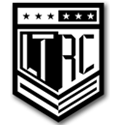
Contact Us For A Free Estimate!




